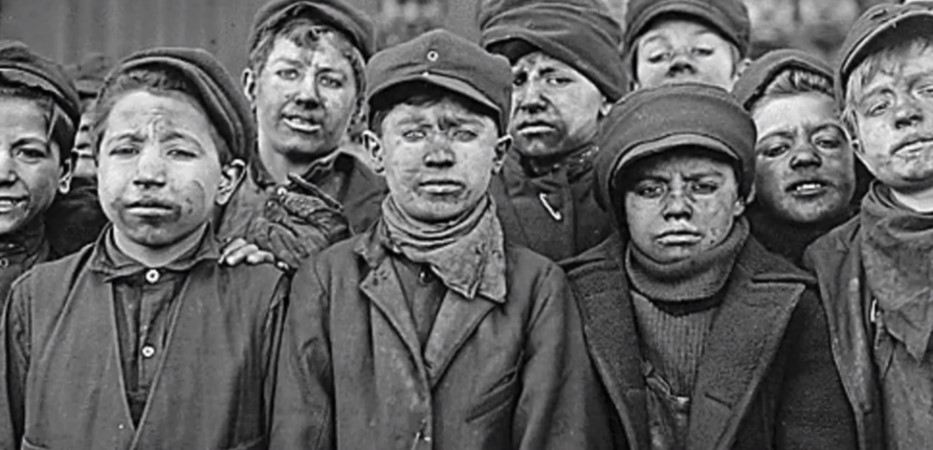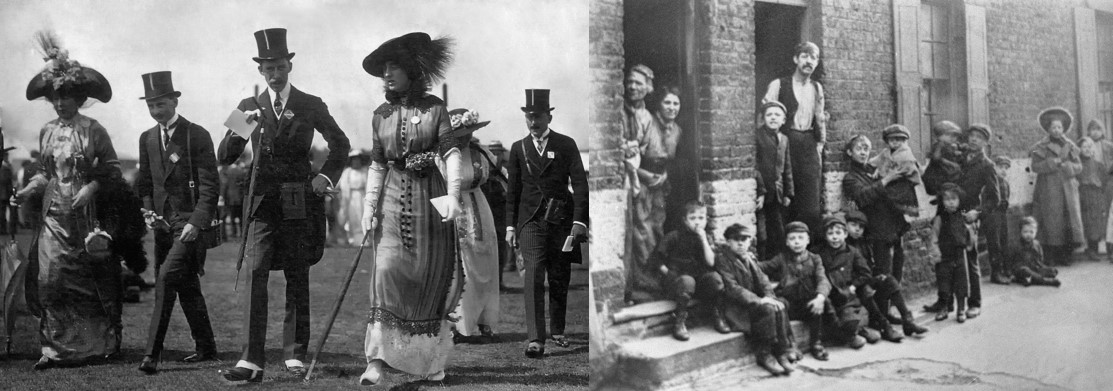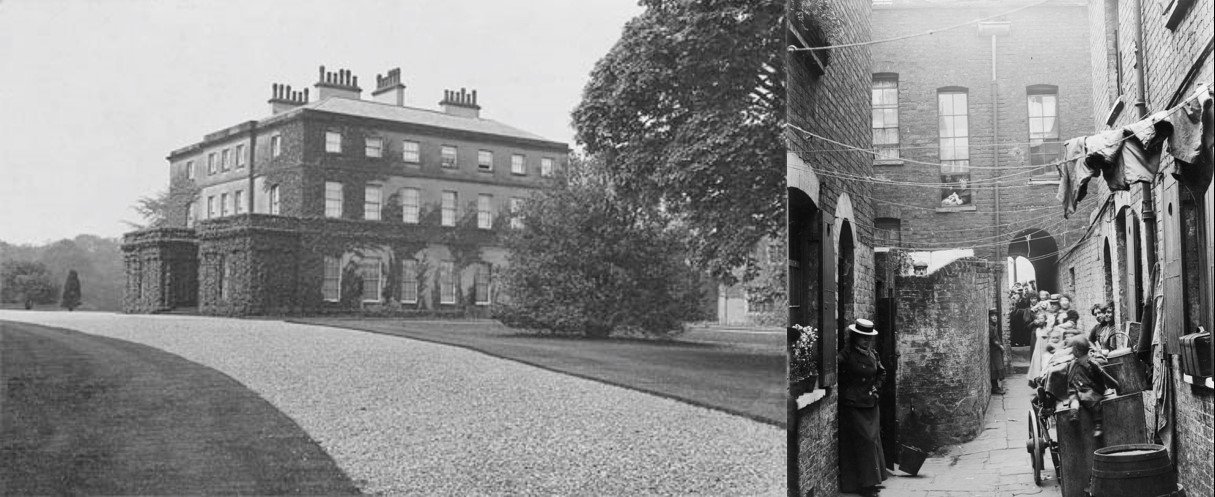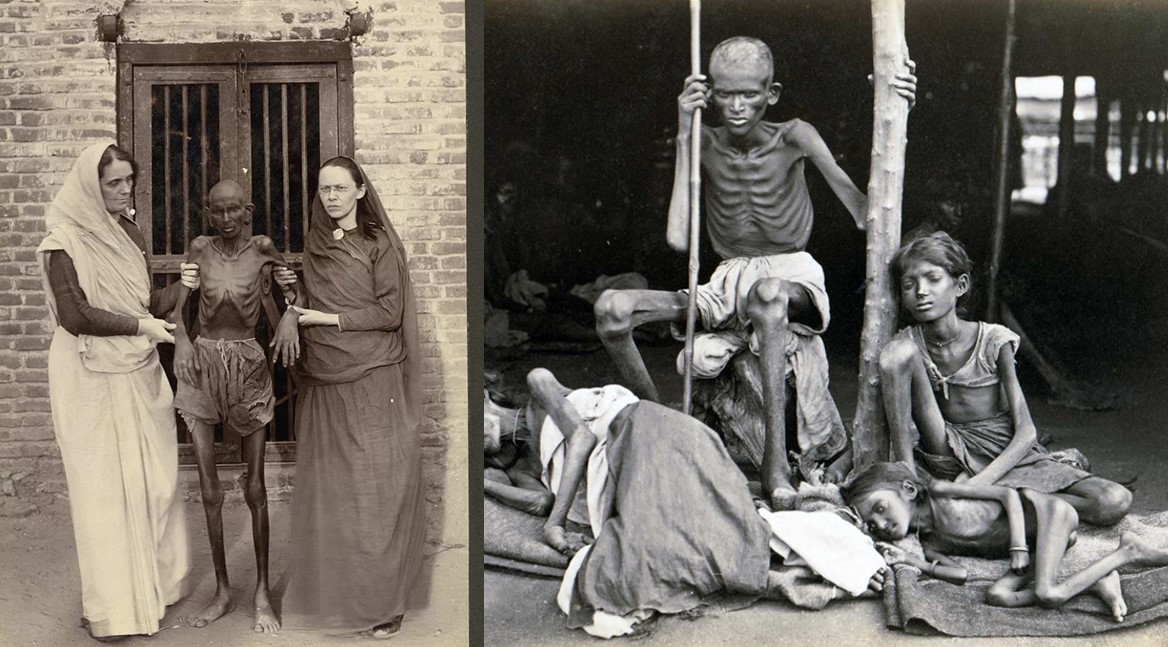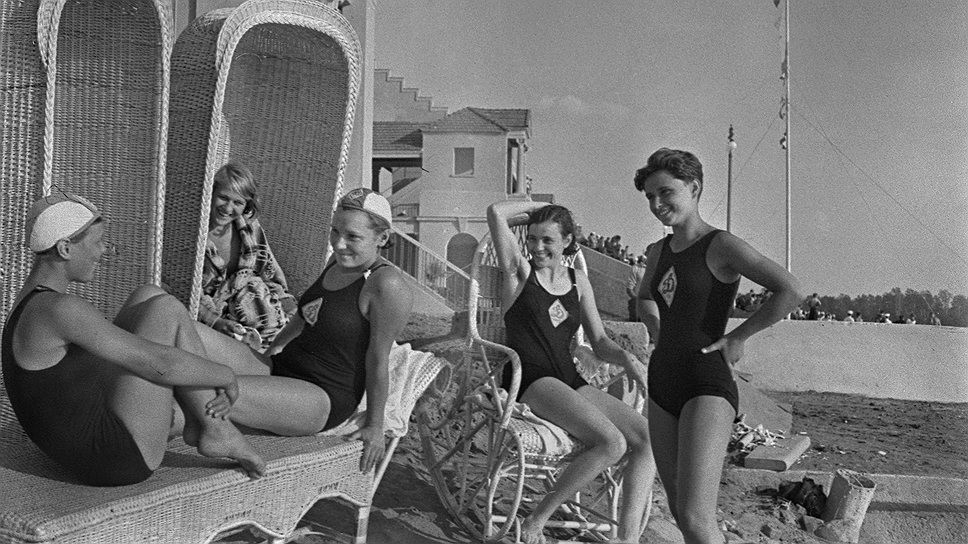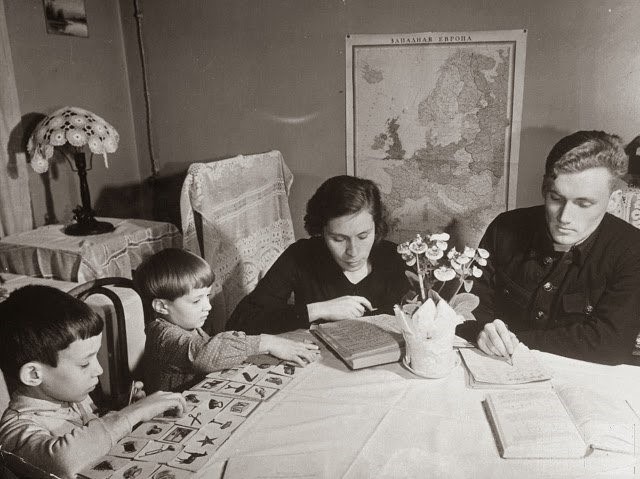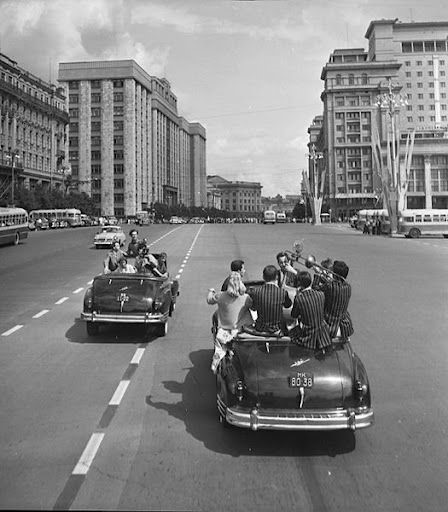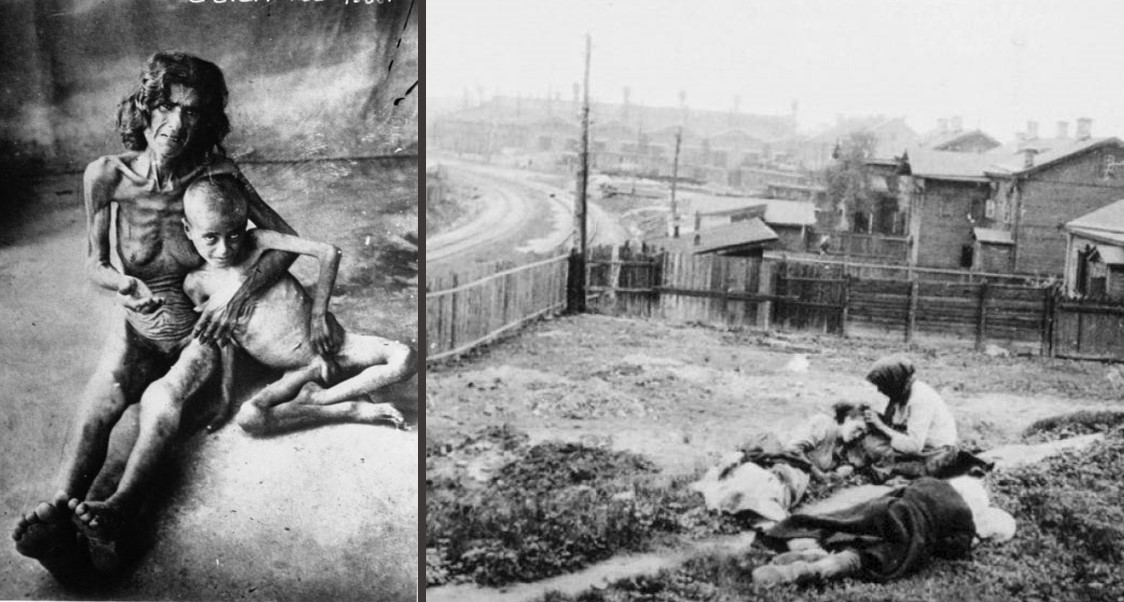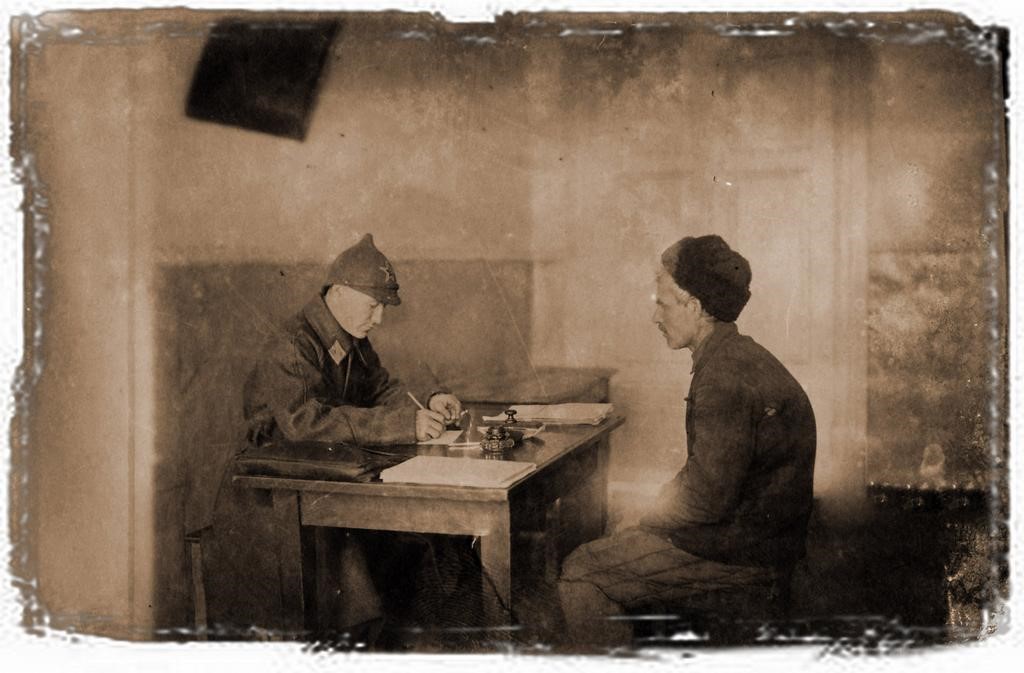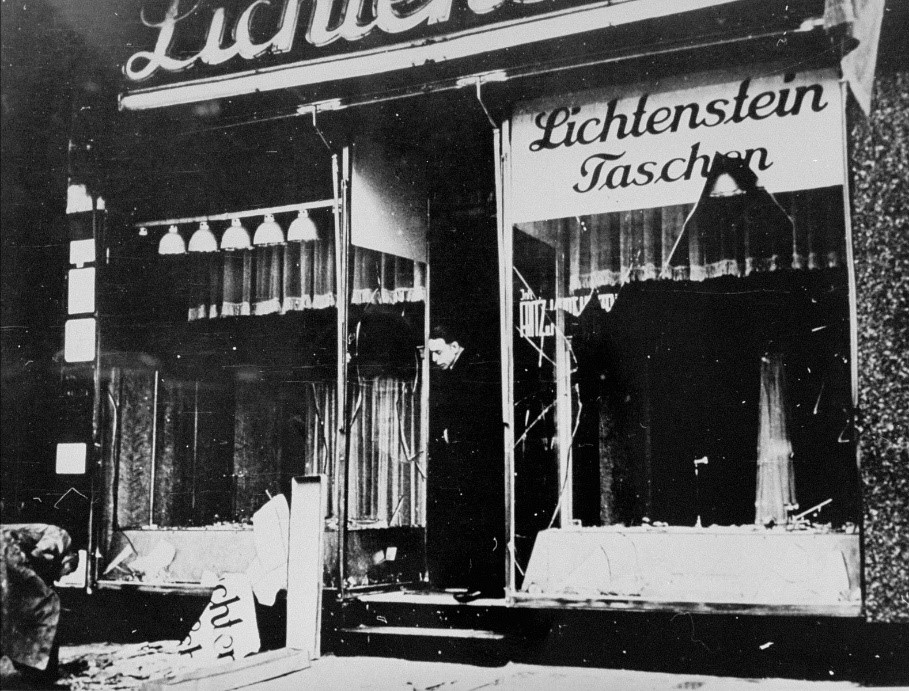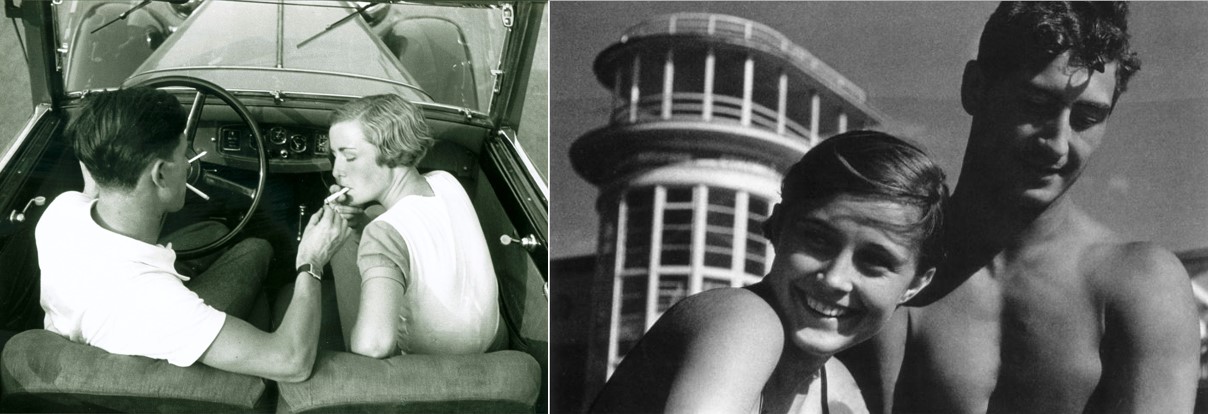THE CHALLENGERS
From 1917, unprecedented and momentous social changes started to take shape around the world whose magnitude was such that the whole world was gripped with anticipation. The economic and political systems that had enjoyed a quasi-monopoly for decades, in some cases centuries, faced new challengers .
Capitalism fostered a huge rise in national wealth once the Industrial Revolution gained strength. The most successful examples were Great Britain, the United States, and Germany. In Great Britain, the population increased at a 1.26% annual rate from 1801 to 1911 while the gross national product did so at 2 to 2.25% yearly rate, boosting the product per capita over 250% .
Industrialization and Capitalism propelled the British Empire to the world’s greatest power spot. By 1860 it had an industrial capacity equivalent to 40-45% of the world’s size with just 2% of the population . 60 years later, the Empire commanded a quarter of the land and peoples on the globe and remained the world’s most important power despite the rise of the United States and Germany .
However, Capitalism had two obvious weaknesses: First, it was unstable, as the great depressions of 1873 and 1929 proved. To keep it moving it required government intervention from time to time, which entailed a transfer of wealth from the citizens to the wealthy capitalist .
And second, a small minority possessed most of the nation’s wealth while a significant proportion of the population remained in abject poverty.
For example, in the 1900s, within the golden era of the British Empire , 25% of the inhabitants of the British Isles lived at or below subsistence levels in appalling conditions . The Annual Reports of the Chief Inspector of Factories and Workshops that were presented to both houses of the parliament offer evidence of the conditions of workers at the factories. The 1906 report informed that 3% of the workforce were children 14 years or younger (working half-shifts) and 20% were teenagers between 14 and 17 (the rest were adults 18 years or older) who theoretically had a working week of 55 hours. Nevertheless, the report found many examples of owners or managers forcing the laborers to work excessive overtime (i.e. 18-to-24 hour-days). In addition to the long shifts, the employees worked under extremely unsafe (machinery without guards and personnel with no protective equipment that leads to many serious accidents) and unpleasant conditions (temperatures of 95F and bad ventilation are common examples). The toil was very heavy, with girls as young as 14 years carrying 20 pound-weights during most of their shift in some cases.
Many times, the workers were undernourished, and almost always their wages were so low that it was impossible to leave poverty. Usually, they worked under strict supervisors (including the laundries managed by nuns) that treated them harshly and with a lack of empathy.
The 25% of impoverished people reflect those living in the British Isles (total population of 47.3 million) where the greater share of the wealth accumulated. Most of the 446.9 million subjects of the British Crown lived in colonies overseas: 382.3 million lived in India, Africa, Asia, and the West Indies . The standard of living of these non-white peoples was no better.
The people enjoying a good or first-rate standard of living in Great Britain, European dependencies, Australia, and Canada probably numbered no more than 48.7 million people .
This means that although Capitalism brought enormous wealth and power to the Empire, almost 89% of its subjects lived in poverty and even in the best regions, deprivation remained widespread.
Conditions on the lower ranks were bad indeed, but nobody had a practical solution within the economic system, so either the poor became invisible or the leaders found justifications to explain away the problem (or even worse, the poor were blamed for their fate).
The debate about child labor is enlightening. Some, like Engels (1926), Marx (1901), and Webb and Webb (1898) criticized the exploitation of the children. Others argued that they were no worse than they had been in the past and that child labor was necessary to keep the costs of products competitive. Even some voices in the Church (the Methodism founder John Wesley) argued that this work prevented the youth to fall into vice !.
To its credit, the British government implemented some benefits for the destitute before 1910 (minimum wage, pensions) but they amounted to mere crumbs. If the conditions of many white Britons living on the islands were dire, those of the dark-skinned conquered peoples in the colonies were worse. India's per capita income declined by more than 50% between 1850 and 1900 at a time when it was increasing in Great Britain . Crueler than poverty was famine. By 1902 the Britons had left to die between 12.2 and 29.3 million Indians by lack of food and associated disease while exports of wheat to Great Britain continued unabated .
Humanity eventually wakes up to disgrace and new solutions emerge. A German philosopher and economist, Karl Marx (who published the Capital in 1867) proposed a radically different economic system. Instead of a society where a minority (the rich or bourgeoise) owned the means of production and the poor worked for them (the working class or proletariat), a new egalitarian society would emerge where all members of society would have the same rights and would equally own the means of production: communism.
This idea, that a fair society was possible, took the world by storm. It was developed and placed in practice by Vladimir Lenin and the Bolsheviks who toppled the Russian monarchy in 1917. This radical notion enjoyed the support of millions of followers but also created immediate ideological enemies. The capitalist states (mainly Great Britain and the United States) were shocked by this turn of events and tried to oust the Bolsheviks by supporting economically and materially the “whites” (Russian anti-communist forces). This intervention poisoned the relationship between Russia and the Anglo-powers for decades. The communists won the civil war and Lenin formed the Soviet Union in 1922.
Lenin was aware that the capitalist states would always be ideological rivals . Their elites would oppose with all the means at their power the triumph of communism and he resolved that for Marxism-Leninism to thrive it would be necessary to overthrow capitalism everywhere.
Stalin gained power shortly after Lenin’s death in 1924 and his geopolitical goals were the continuation of Lenin’s: safeguarding the Soviet Union and fostering world revolution.
Experience showed Stalin that another clash with capitalist nations would occur sooner or later, so he had to take advantage of peace while it lasted. In 1931 during the first conference of workers, he affirmed that the Soviet Union had 10 years of preparation before the capitalist nations would try again to destroy his homeland. Some historians claim that this was a reference against Nazism, but this was not so. National socialism would not attain power for another 2 years while western democracies had attempted this before.
The Soviet dictator focused the country’s efforts on rapid industrialization, technological modernization, improving health and education, and strengthening of the army. He achieved enormous success in all these parameters. Between 1928 and 1938 the Total Industrial Potential of the USSR increased 111% while Germany, Great Britain, and the United States grew at 35.4%, 34.1%, and -0.1% respectively .
By 1940 the USSR possessed the largest army and air force in the world, equipped with indigenous designs that compared favorably with those of the other major powers. The Soviet industrial-military complex could manufacture armament at similar levels to those of its potential enemies in Europe and Asia. The standards of living of the Soviet peoples improved rapidly . Communism achieved great strides in eradicating class and gender differences . It also reduced wage disparities among the population (i.e. an engineer would receive a salary only 2 to 2.5 higher than a worker ).
Many citizens supported the regime and the central idea of an egalitarian society that rejected individualism and embraced the welfare of the community. The great national projects injected pride in the people and a promise that the future would be better.
But these achievements had their dark side. Stalin’s government drastically reduced the value of human life in comparison with the realization of great state goals. In 1928, he imposed collectivization on the peasants to increase the low productivity of the country’s agricultural sector. The farmworkers bitterly opposed it and the result was brutal repression by the state, a horrible man-made famine that caused the death of between 3 to 7 ½ million people and a catastrophic fall in agricultural production that took 12 years to partially rectify. By 1940, more than a decade later, the size of the crops was somewhat better than in 1928 while the livestock levels were much worse .
Stalin also created a repressive police state under the iron hand of the People's Commissariat for Internal Affairs or NKVD (Narodnyy Komissariat Vnutrennikh Del). Dissent was forbidden and any opposition brought punishment by execution, death caused by ill-treatment, imprisonment, and exile among the most common and harshest methods. Evidence to prove the culpability of the suspects was not necessary. Confessions under torture, anonymous denunciations, suspicions, or simply the need to meet a numerical goal by the security apparatus proved sufficient. Families of the accused: parents, spouses, siblings, and sons, frequently shared the guilt of the accused and did not escape severe retribution from this inhuman system of “justice”.
Cruel individuals ruthlessly led the NKVD: Genrikh Yagoda (1934–1936), Nikolai Yezhov (1936–1938), and Lavrentiy Beria (1938–1945). However, once these vicious individuals served its purpose the system liquidated them also. Stalin ordered the first two to be shot while N. Khrushchev ordered Beria’s execution after the Great Patriotic War.
From 1936, a purge that started with the communist party extended to the military, intelligentsia, suspect minorities, and certain middle-class groups (like the Kulaks). Between 1937 and 1938 alone, 950.000 citizens were murdered by the state . Among them, many of the nation’s brightest sons. The number of imprisoned people can be estimated knowing that between 1934–52, 5.4 million individuals were freed from the Gulag system .

National Socialism attained power in Germany in 1933 with a concept that straddled the middle-road between capitalism and communism. While the economy belongs to private hands in capitalism and it is owned by the state in communism, under national socialism the economy was mixed: property of the means of production remained in private hands but the state maintained the capitalists under control .
Compared with the Soviet model, the Nazi economic model could be considered reformist rather than revolutionary but it contained a radical element: instead of using foreign capital to fund the great national projects needed to increase employment, the Nazis emitted “work-creation bills”, a type of sovereign credit. The value of the Deutsche Mark was supported not by gold or foreign reserves but by the level of production of the economy .
Germany's key Work Creation Program of 1933-36 targeted the creation of a large number of jobs by implementing massive construction programs and by achieving strong industry growth, itself stimulated by the country’s goal of attaining self-sufficiency . The Nazis sensibly proposed a balanced budget instead of simply increasing debt and they decided not to fund the industry directly but indirectly, by reducing its taxes (thus slashing government income) and increasing demand. However, they did not want to decrease social spending to balance the budget. The solution was to finance the enormous construction programs with the work-creation bills outside of the federal budget while fomenting private consumption by the workers who received proper salaries and job security. Then, with millions of additional jobs, the government could collect extra taxes and close the budget gap . Furthermore, Germany fostered international trade with foreign countries employing barter agreements bypassing foreign bank commissions.
The economy the Nazis received was in shambles, Germany’s 1932 GNP was 22% lower than the one in 1928 (Germany’s biggest up to that point), but then Germany saw a rapid industrial rebirth: Between January 1933 and July 1935, the number of workers increased from 11.7 million to 16.9 million . This initial result did not depend on rearmament . By 1938 Germany’s GNP was 50% greater than in 1928 and the largest in Europe. GNP per capita was the highest ever reached. The standards of living in Germany increased markedly . By 1938 unemployment was reduced to less than 3% and in stark contrast with Keynes predictions of the capitalist system, this significant reduction in unemployment was not accompanied by high levels of inflation which was brought under control by wage freeze and price controls .
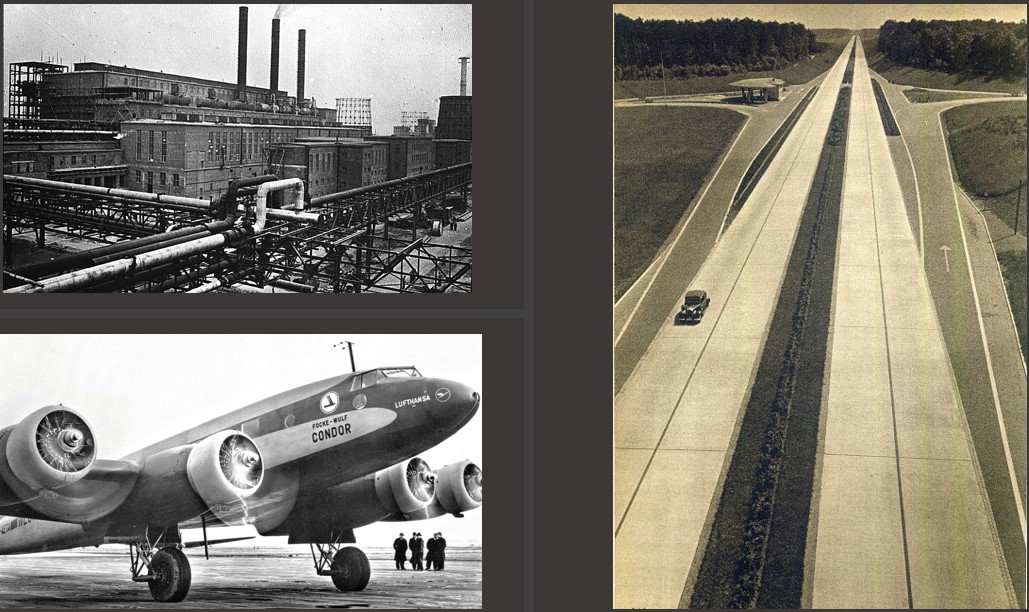
The nationalistic tone and message of “one people, one country” also united most of the Germans under Hitler.
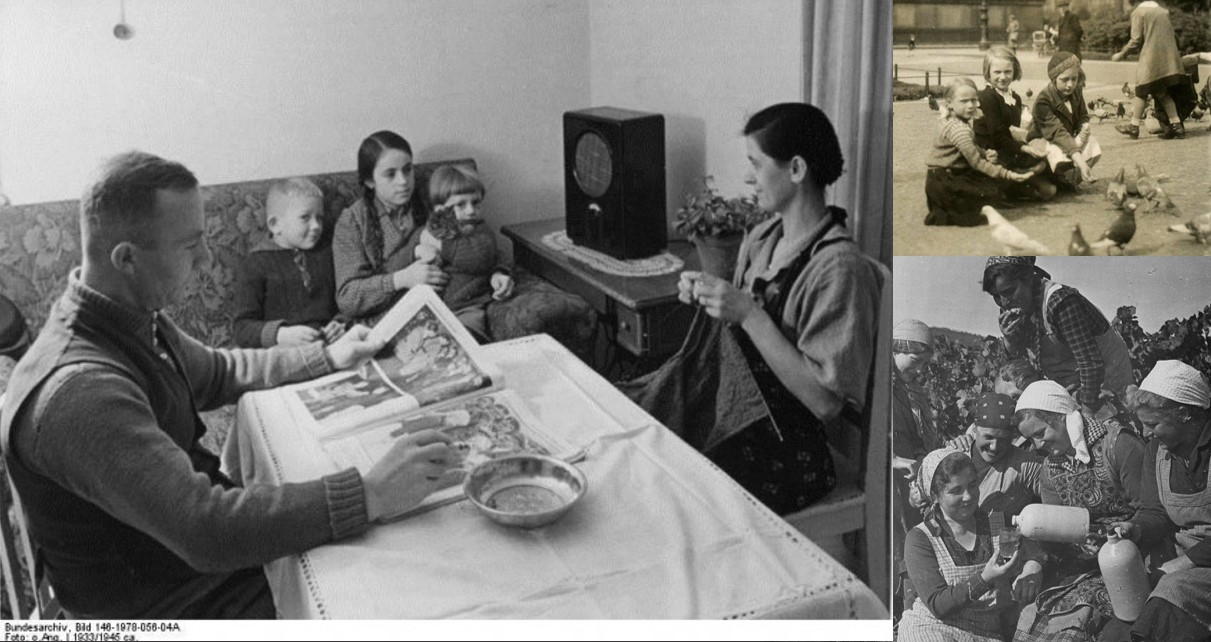
But National socialism had an ugly side, fierce racism that saw Jews as inferior and enemies . The fact that the first Soviet communist government was overrepresented by individuals of Jewish origin gave Hitler, who hated communism (as many right-wing capitalists do to this day), an artificial justification for his anti-Semitism . The banking system gave him a second reason. It can be said with some justification that the banker’s clique had imposed a form of domination on all countries (almost every economic activity in the world had to pay interest to privately owned central banks). This mechanism produced immense fortunes to the banker’s owners while the rest of the economic activities generate considerably lesser profits. A Jewish bank owner, M. A. Rothschild amassed a colossal fortune and Hitler understood that the bankers would do everything in their power to maintain the system that gave them such unchecked wealth and power, but he ascribed the Jews, in general, the blame for the banking system and Communism while overlooking solid counter facts .
The Nazi regime maintained an anti-Semitic policy that turned nasty on the night of 9-10 November 1938 when after the assassination of a German diplomat by a Jew, some Nazi officials incited the German public to take revenge . This resulted in the Kristallnacht when a small, but a sizable minority of German people and party officials thrashed or killed dozens of Jews and their establishments suffered damage and looting. Thousands endured detention . The goal of the Nazi leadership was to compel the Jews to leave Germany .
The anti-Semitism of National Socialism would poison the relationships between Germany and other peoples, not only Jews. Therefore, Germany would find itself with few friends, and this would become one of its most important strategic weaknesses.
In the end, as has been the case throughout history, the romantic, idealistic youth of two great nations, Germany and the Soviet Union, would be trapped between the gears of fate as the national interests of three colossi clashed .
